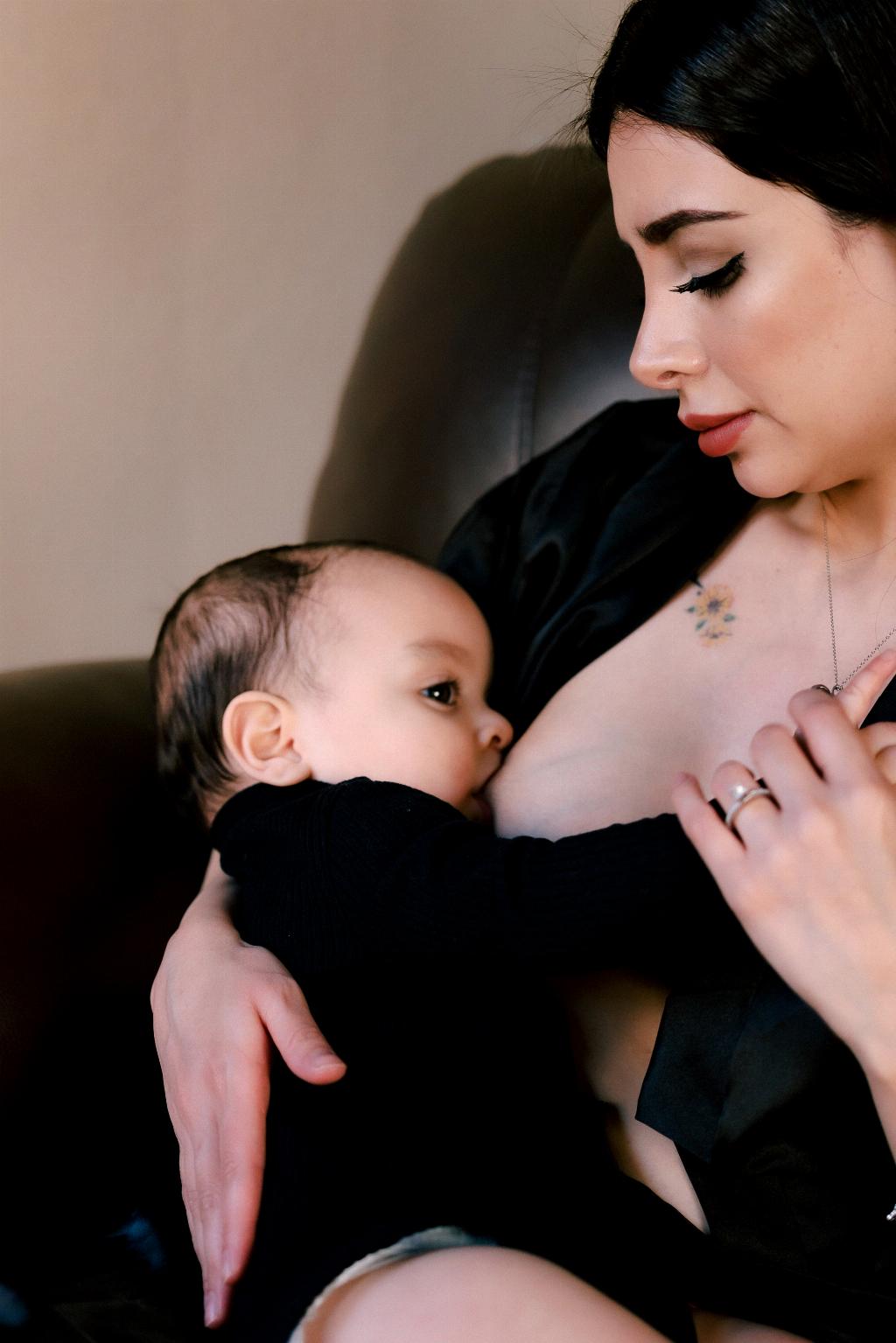When it comes to breastfeeding, there are many factors to consider, and one common concern among nursing mothers is the presence of lip blisters on their baby’s lips. The question that often arises is whether lip blisters indicate a bad latch during breastfeeding.
The Significance of Lip Blisters
Lip blisters can be a common occurrence in breastfeeding infants due to the friction and pressure exerted on the lips during feeding. These blisters typically form as a result of the baby’s sucking motion and the contact with the breast.
Role of Toughened Skin
Interestingly, the development of toughened skin on the lips of breastfeeding infants can actually aid in their ability to latch on to the breast effectively. This tougher skin may provide a better grip for the baby during feeding.
Identifying Latching Issues
While some lip blisters may be harmless and temporary, persistent or recurring blisters could be indicative of an underlying latching issue. When a baby struggles to latch properly onto the breast, they may resort to using their lips to compensate for the inadequate latch.
Importance of Proper Latch
A good latch is essential for successful breastfeeding, as it ensures that the baby receives an adequate amount of milk and prevents discomfort or potential issues for the mother, such as sore nipples. A bad latch can lead to inadequate milk transfer and other complications.
Common Causes of Bad Latch
Several factors can contribute to a poor latch during breastfeeding, including incorrect positioning, tongue tie, nipple confusion, or even the baby’s oral anatomy. Addressing these issues can help improve the latching process and reduce the likelihood of lip blisters.
Seeking Support
If you suspect that your baby’s lip blisters are related to a latching issue, it is important to seek support from a lactation consultant or healthcare provider. They can assess the latch, provide guidance on proper breastfeeding techniques, and offer solutions to address any underlying issues.
Monitoring your Baby’s Progress
Regularly monitoring your baby’s feeding patterns, comfort during breastfeeding, and overall weight gain can help you track their progress and identify any concerns early on. This proactive approach can help prevent potential issues and promote a healthy breastfeeding relationship.
Creating a Comfortable Environment
Creating a comfortable and relaxed environment for breastfeeding can also contribute to a successful latch. Ensuring proper positioning, using pillows for support, and experimenting with different breastfeeding holds can help improve the overall breastfeeding experience for both you and your baby.
Practice and Patience
Breastfeeding is a learning process for both mother and baby, and it may take time and practice to establish a good latch. Be patient with yourself and your baby, seek support when needed, and remember that each feeding session is an opportunity to improve and strengthen your breastfeeding journey.
Conclusion
In conclusion, while lip blisters may not always indicate a bad latch during breastfeeding, persistent blisters could signal an underlying latching issue that warrants attention. By understanding the importance of a proper latch, seeking support when needed, and creating a conducive environment for breastfeeding, you can promote a positive breastfeeding experience for both you and your baby.

